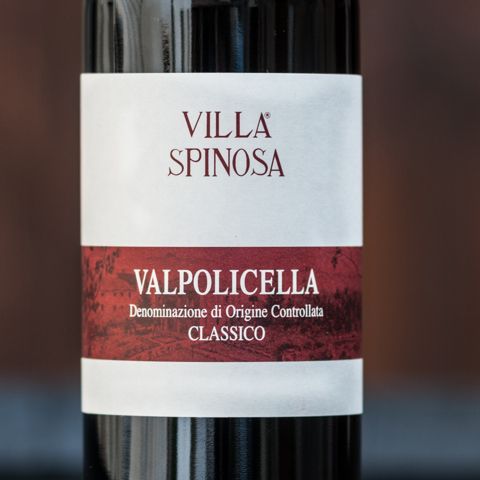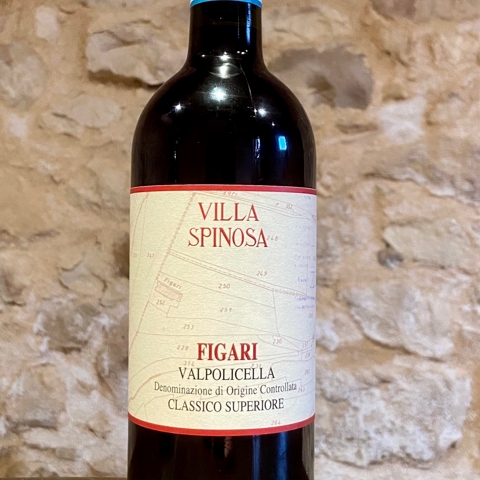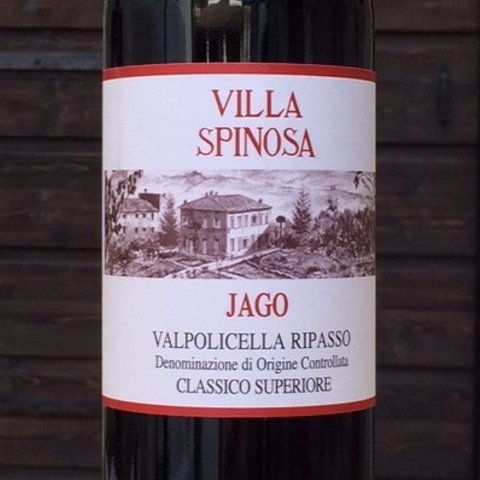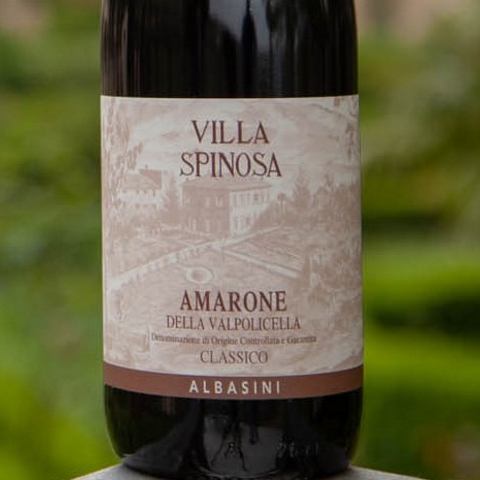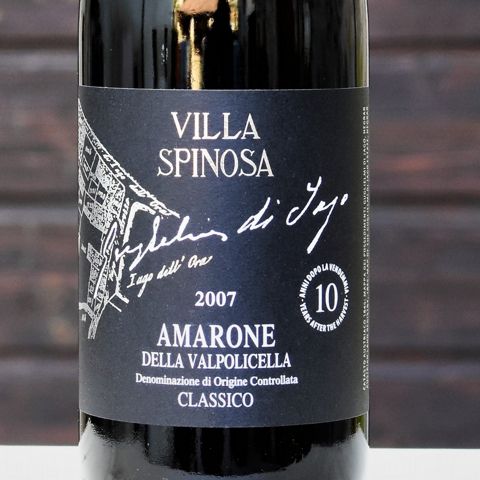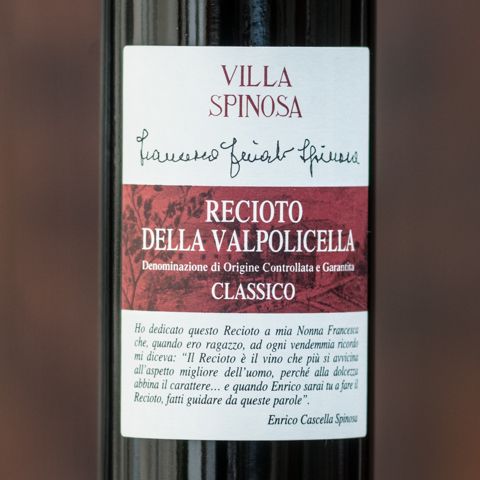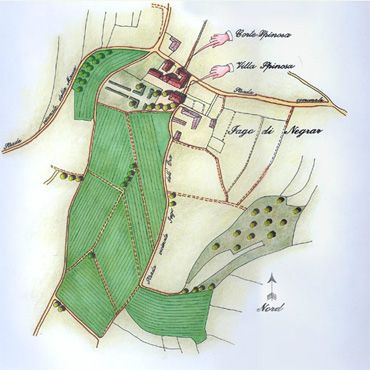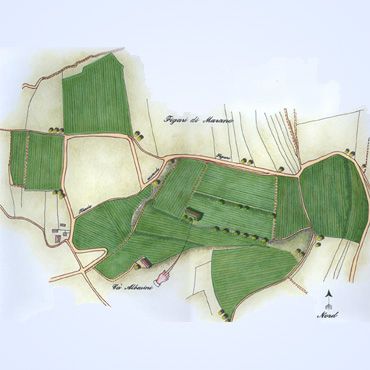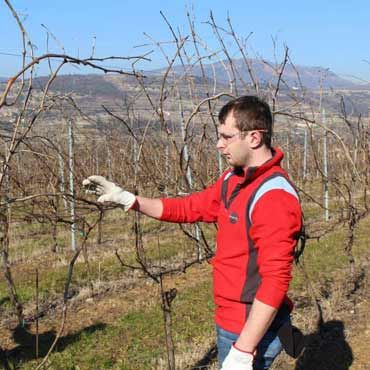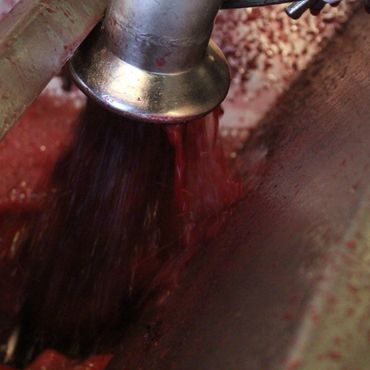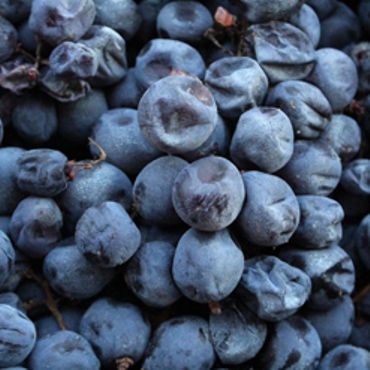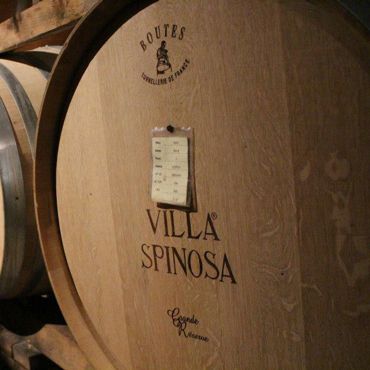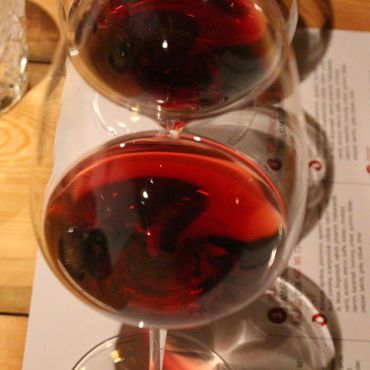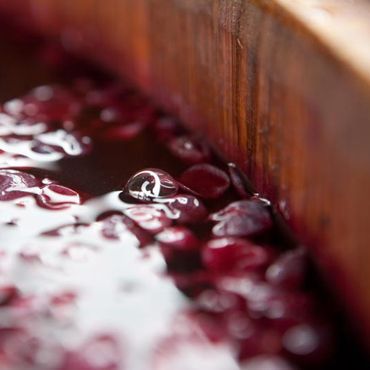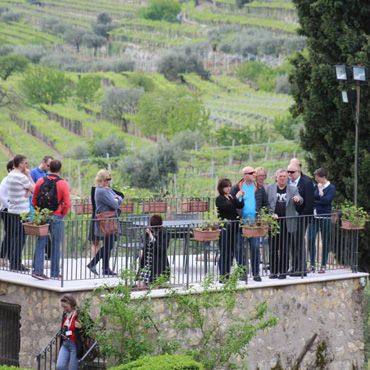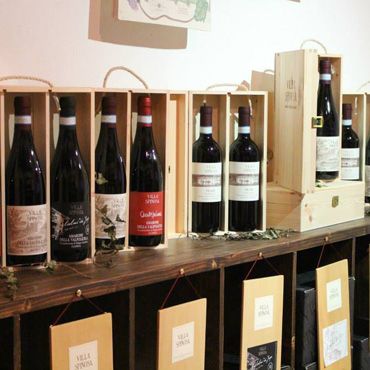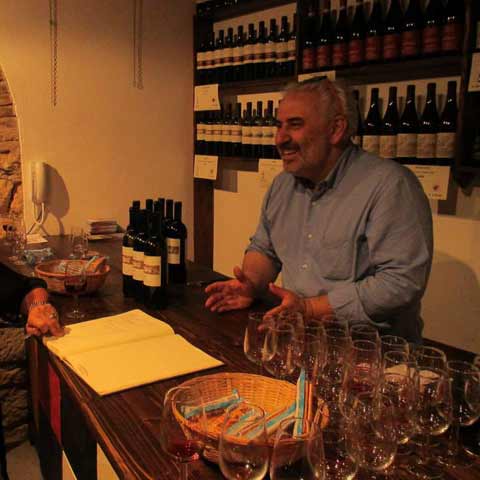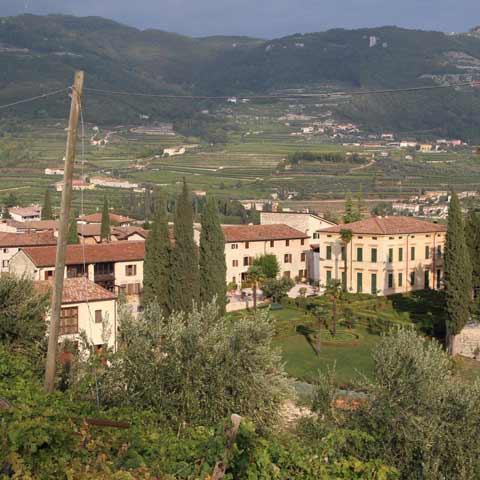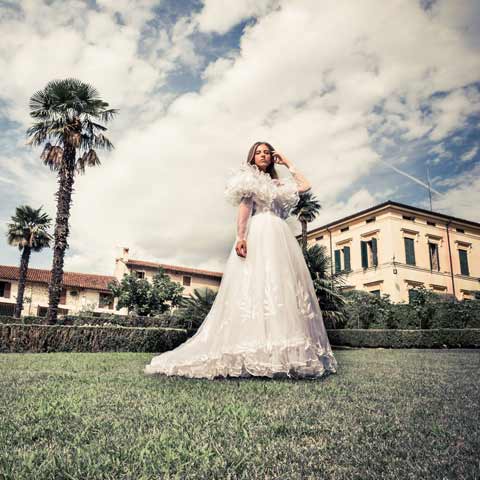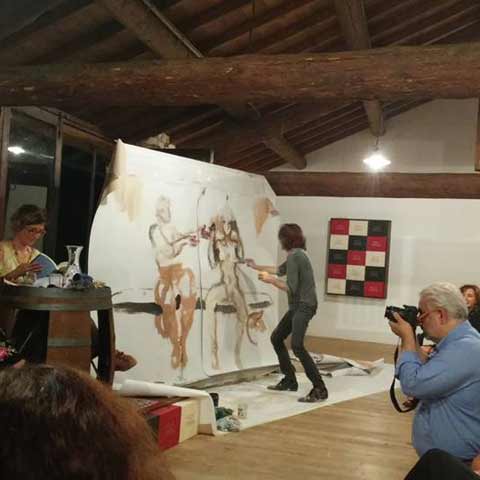Wine aging
Our winemakers take care of our wines and let them age in the cool darkness of our cellars,
where the wines mature, according to different times and assemblies.
Each wine, each vintage develops different characteristics. That is the reason why the aging process can't be taken
for granted but it is a rigorous practice the winemaker has to understand, plan and guide, without forcing.
The details make the difference and the elegance of a wine.
Wodden barrels are "alive". They are the most widely used container for a slow wine ripening,
with the aim of preserving and developing the organoleptic potential of it.
The slow air introduction taking place when a wine is put in a barrel allows a "micro-oxygenation"
that contributes to achieve very good results.
During the aging in barrels, wood gives the wine substances that contribute to the enrichment
of its bouquet as well as to tame its tannins by making it smoother.
The primary aromas are reduced and evolve into more intense ones, fine and complex.
The flavor is no longer so sharp, the wine becomes balanced and softer.
Every year Villa Spinosa replaced 25% of tonneaux:
after four years, in fact, small barrels are dismissed and used to decorate the cellars and the garden of Villa Spinosa.
The contribution of wood, in fact, takes from 2 up to 4 years. The most widely used wood is Slovanian and French oak.
The most precious "wooden" parts of Villa Spinosa's estate are the barrels located in the cellars underneath the 19th century farmhouses:
tonneaux of French oak of 500 litres of capacity as well as large casks of Slovanian oak of 2000-2500-3000 litres.
The aging of D.O.C. and D.O.C.G wines has to respect a minimum period fixed
by the local Wine Office (which also specifies the types of wood to be used).
The bottle aging concludes the evolution of the wine. The bottles are placed in cool and dark rooms,
horizontally in order to prevent the cork from drying or loosing its elasticity and to avoid oxidation.

